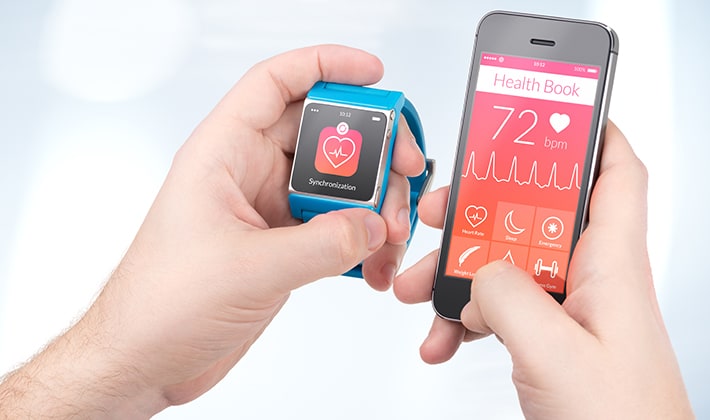
As a new year begins there is always much discussion in the marketing world about what will be happening in the industry over the next 12 months. The way we communicate has changed a lot in the last 10 years, which has had a huge impact on business, culture and human behavior. In fact, research carried out by Adobe highlighted that 70% of senior marketers ‘believe’ the marketing industry has changed more in the last two years than the last 50.
Whether you work for a brand, an agency or have had marketing added onto your job description I’m sure you will appreciate just how much marketing has changed in recent years. The Chartered Institute of Marketing (CIM) as part of their Marketing 2025 initiative are asking marketers to think back to 10 years ago.
As Anne Godfrey, the CEO of CIM says, “There was no such thing as Twitter. Facebook was only open to students at a selection of US universities. There was no Gmail or Google Maps. The iPhone hadn’t been released and Blackberry and Nokia were still thriving. There was no App Store or the multi-billion dollar economy which accompanies it. And marketing technology implementations took months, not the moments they do now”.
It wouldn’t surprise me if in 2015 we see marketing departments spend more on technology than IT. The challenge is always going to be keeping up with the consumer and marketing departments will need clear insight into data and access to technology to make this possible:
I’ve been thinking about where I see the digital and food industries in five years time. I hope that we’ll have a healthier relationship with food both in and outside the home. Super smart wearable tech will play a major part in this by knowing exactly what we are consuming rather than having to enter everything into a diet app. I hope this will bring about real-time awareness of food and health, as well as behavioural changes through the sharing of knowledge and experience to motivate communities.
I also predicts that food and catering industries will know much more about their customers and their emotional relationship with food. They will know in real time which of their customers in a set radius is hungover and needs re-hydrating, which have been to the gym and are in need of protein, and who needs ‘brain food’ due to mental stress.
Success in the hospitality industry has always been based on a good customer experience, and new technology will make this more important than ever before. When we look down the street, our glasses or wearables will highlight which restaurant has the shortest wait, which one is short-staffed today, which one has had a health warning, which one offers a meal of 473 calories made up of the nutrients your body requires right now.
Expect change in food purchasing behavior and expect it quicker than you would imagine.
More reading
Digital blonde: researching emotions and food
